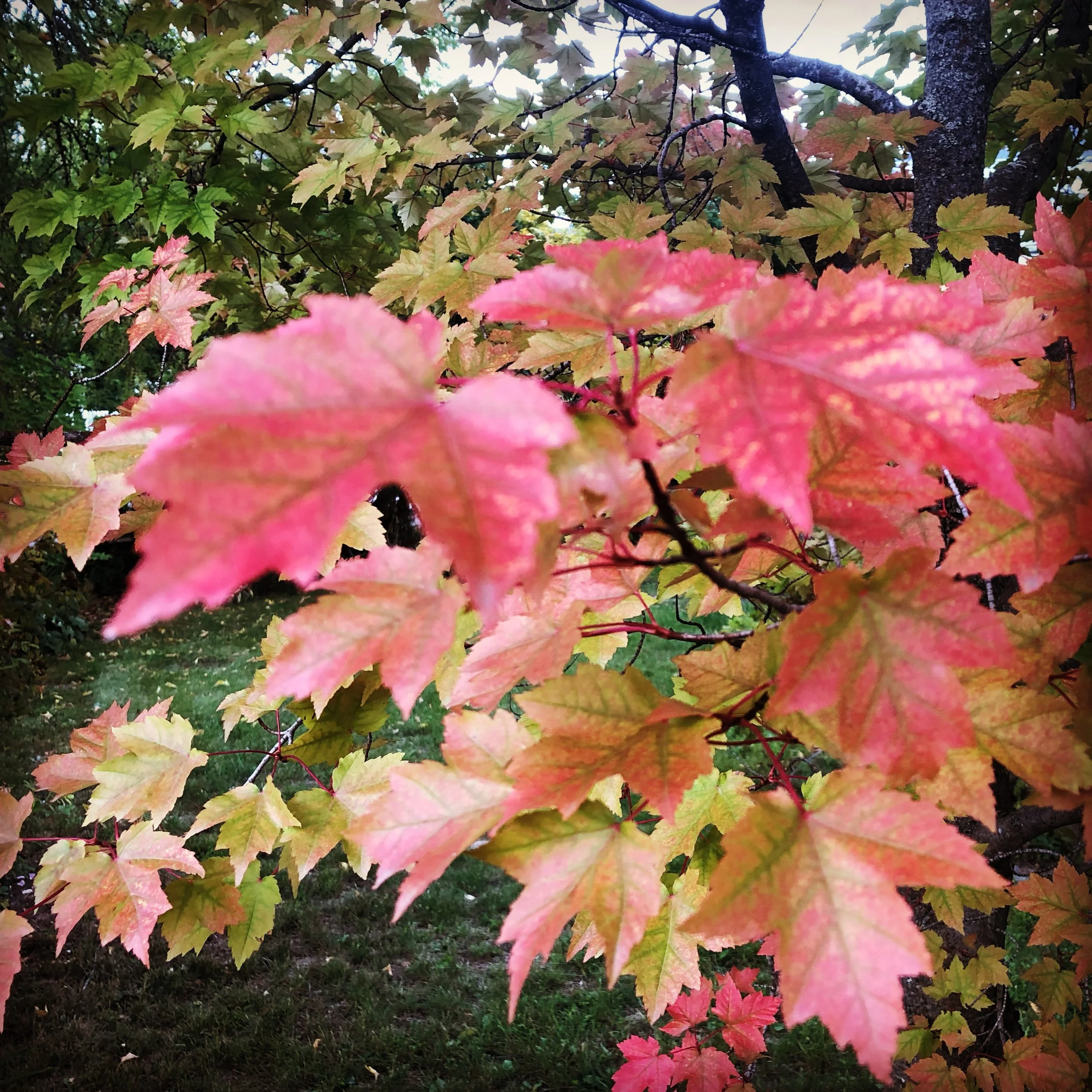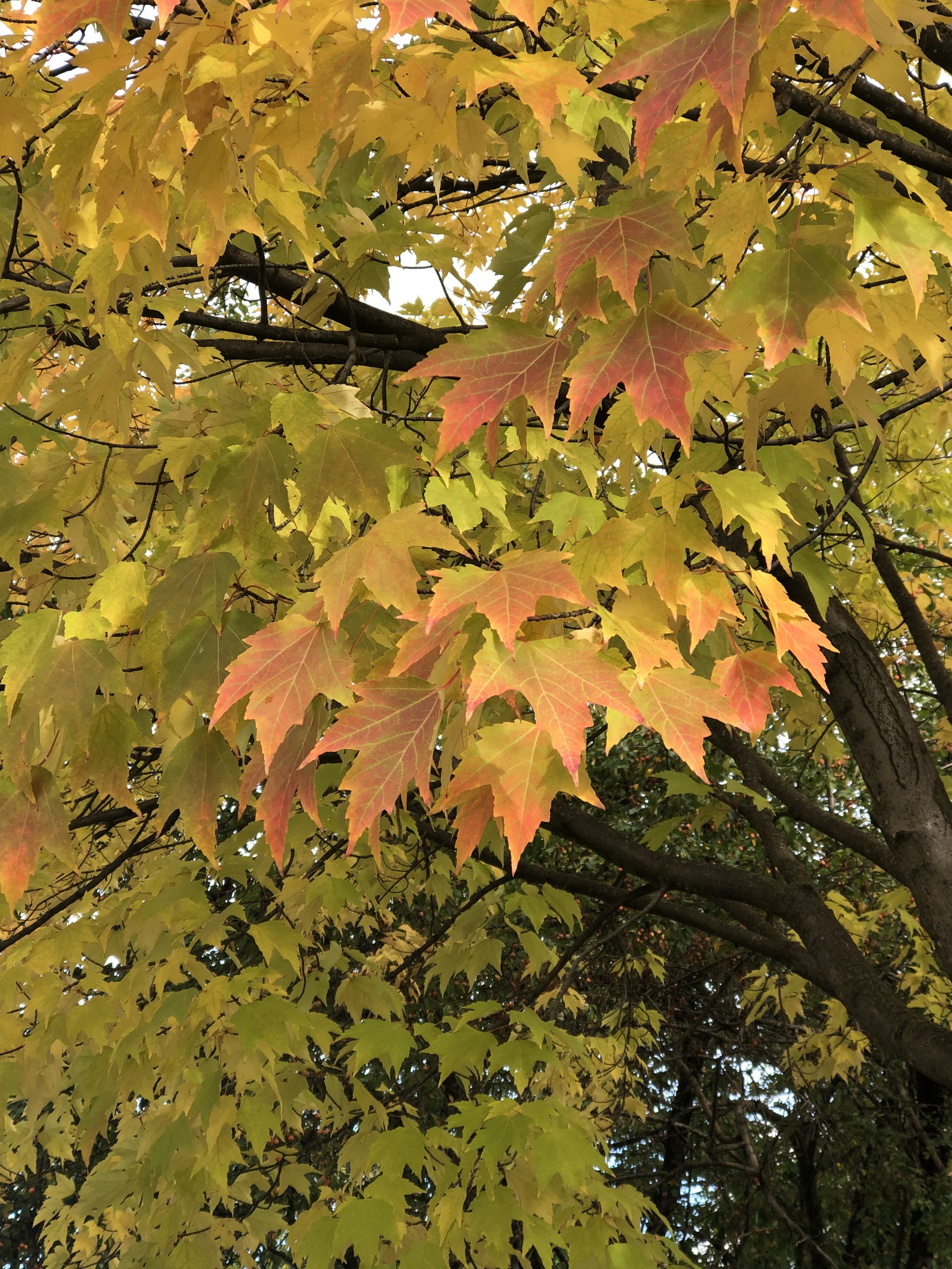Fall Colours! Prepare Your Trees for Autumn and Winter Weather
/Enjoy the Beauty of Fall! Its time to prepare your trees for autumn and the cold harsh winter weather.
You’ll soon witness a spectacular sight throughout the region – the slow, beautiful change of green foliage to vibrant oranges, yellows, and reds. The vibrant green we’ve enjoyed throughout spring and summer is thanks to chlorophyll, the pigment key to photosynthesis.
The chlorophyll degrades with the cooler weather and shrinking daylight hours, and the lush green fades. In its place, beautiful vibrant foliage! Carotenoids, the yellow and orange pigments, reveal themselves in the leaves of many tree species. Eventually, the tree drops its leaves as it goes dormant for winter.
Healthy trees are happy trees – prepare your trees for autumn
Fall tree care is essential to ensure that your trees are healthy and happy moving into the colder weather. And the sooner, the better! Our area has seen Halloweens that are significantly below freezing. And the early cold spells are particularly damaging as the tree hasn’t had a chance to prepare itself, hardening off its tissues for winter.
Help ready your trees and better prepare them for autumn and winter harsh temperatures. To do so and ensure the health and happiness of your trees in the spring, you must complete your fall tree care well before any threat of freezing temperatures.
What can you do to prepare your trees?
It’s vital that you take the time to water your trees at this time of year. Over the next couple of months, provide ample hydration before the temperatures dip too dramatically. You want to quench the root system to help them stay hydrated over the winter. Consider using a subsurface watering system or injection probe to help distribute water thoroughly into the top 12 inches of soil – where trees need it most.
Be sure to fertilize your trees as the soil loses nutrients with the change of season. Apply a slow-release fertilizer to replace vital nutrients as it boosts resistance to damage from disease, insects, and harsh weather.
As cooler weather sets in, it’s important to protect trees’ roots. Mulch is the perfect solution. It holds moisture, prevents weeds, and helps protect the roots from the cold. If you can apply three to four inches, you’ll help maintain a more consistent temperature of the soil and prevent heaving. Otherwise, even a two-inch layer of wood mulch is adequate to help to reduce soil freeze.
As the trees lose their leaves, their structures become that much more exposed, making pruning easier. Remove any diseased, damaged, or dead branches. Burn, or dispose of, any infested branches.
Minimize risks – get a tree assessment
Our winter weather conditions, particularly when they are extreme, only make a damaged, infested, or diseased tree more unhealthy. And dangerous. An autumn tree risk assessment can help determine if there is any likelihood that parts of the tree or the entire structure could fall under the weight of ice and snow or in extreme winds. Common signs that a tree might be unstable include:
wood decay, disease, rot
protruding root plates
cracked soil and grade changes
fungal fruiting bodies or growth
An experienced arborist can identify risk
Ensure that you assess the condition of your trees accurately. A Certified Arborist will conduct a thorough investigation of your trees. They’ll identify any signs of rotting or decay, disease or insect activity, environmental stress, and other possible hazards.
An arborist will let you know if your trees need only a simple pruning or if there are potential dangers to address. The team at Greenleaf Tree Services know how to care for your trees in the fall.
CONTACT US to set up your inspection or to book fall pruning and removals.













